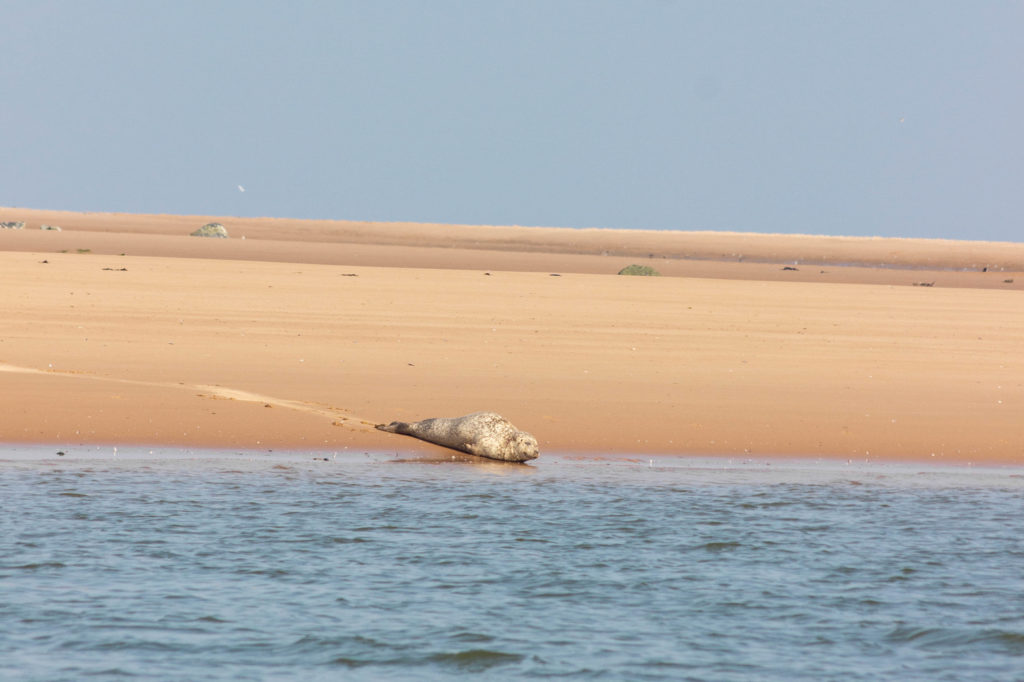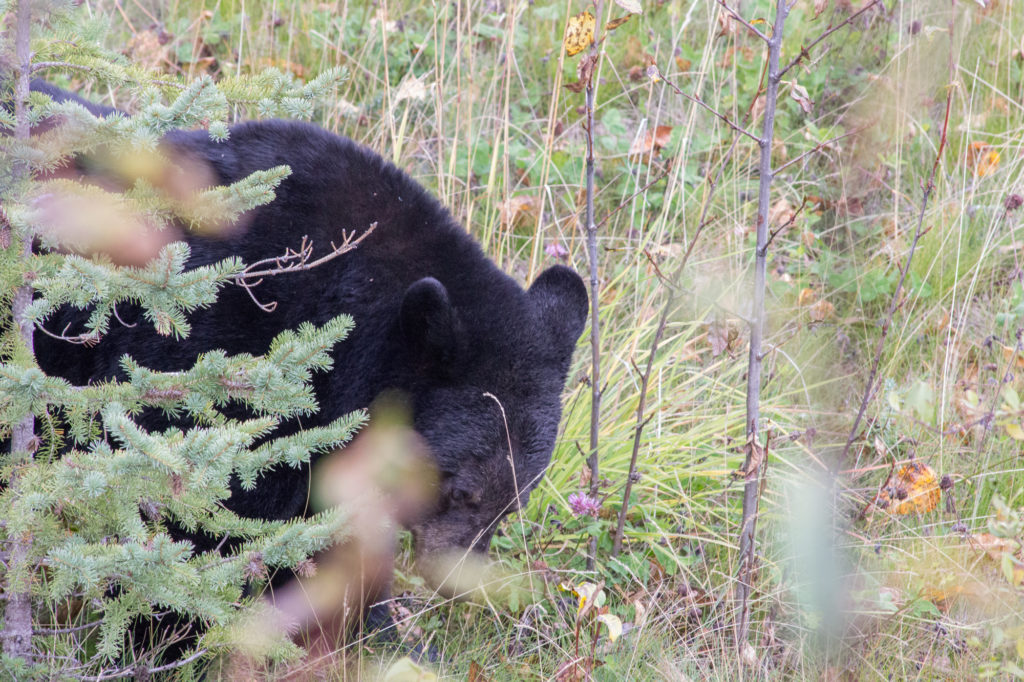
My name is Rosie, and my project will investigate the different reasons a person may choose to visit a particular location for wildlife tourism. A few reasons why someone may choose a location includes; reliability of seeing wildlife, value for money, ease of access, or perhaps the opposite if someone is looking for a quiet, “wild” experience. The aim is that by having a better understanding of tourist decision making we can prevent locations from being damaged by over-tourism.
Wildlife tourism may account for 20 – 40% of all tourism; which in turn, accounts for 9% of global GDP (Moorhouse et al., 2015). Not only is wildlife tourism a good way for people to learn about wildlife and how to protect it, it is a good way for countries to meet the UN’s Sustainable Development Goals by providing; decent work, economic growth, improving health and wellbeing, creating sustainable communities, encouraging climate action, and improving life below water and life on land (Tapper, 2006; United Nations, NA).
As a photographer and a wildlife enthusiast in my spare time, this project is incredibly important to me. We are continually seeing news stories about how many species are being lost, or are under threat. For example, 5930 species on the IUCN Red List are at risk due to tourism activities (Lusseau and Mancini, 2018).
After visiting Canada a few years ago and seeing people behaving inappropriately around wildlife I decided I wanted to do something that would help wildlife tourism be more sustainable and ensure we can provide wildlife with the habitat they need to survive.

I am really looking forward to taking an interdisciplinary approach to this project (by using surveys, social media data, and statistical analysis), learning new skills (such as modelling), problem solving, meeting other students on the QUADRAT DTP and learning about their research.
Lusseau & Mancini (2018) A global assessment of tourism and recreation conservation threats to prioritise interventions. Current Biology. [Online] Available at: https://papers.ssrn.com/sol3/papers.cfm?abstract_id=3279418 [Last accessed: 25th August 2019]
Moorhouse, T., Dahlsjo, C. A. L., Baker, S. E., D.Cruze, N. C., MacDonald, D. W. (2015) The Customer Isn’t Always Right – Conservation and Animal Welfare Implications of the Increasing Demand for Wildlife Tourism. PLOS One. [Online] Available at: https://journals.plos.org/plosone/article?id=10.1371/journal.pone.0138939 [Last accessed: 25th August 2019]
Tapper, R. (2006) Wildlife Watching and Tourism: Study on the benefits and risks of a fast growing tourism activity and its impacts on species. United Nations Environment Programme (UNEP) and the Secretariat of the Convention on the Conservation of Migratory Species of Wild Animals (CMS), Bonn, Germany.
United Nations (NA). About the Sustainable Development Goals. United Nations. [Online] Available at: https://www.un.org/sustainabledevelopment/sustainable-development-goals/ [Last accessed: 25th August 2019]





















































